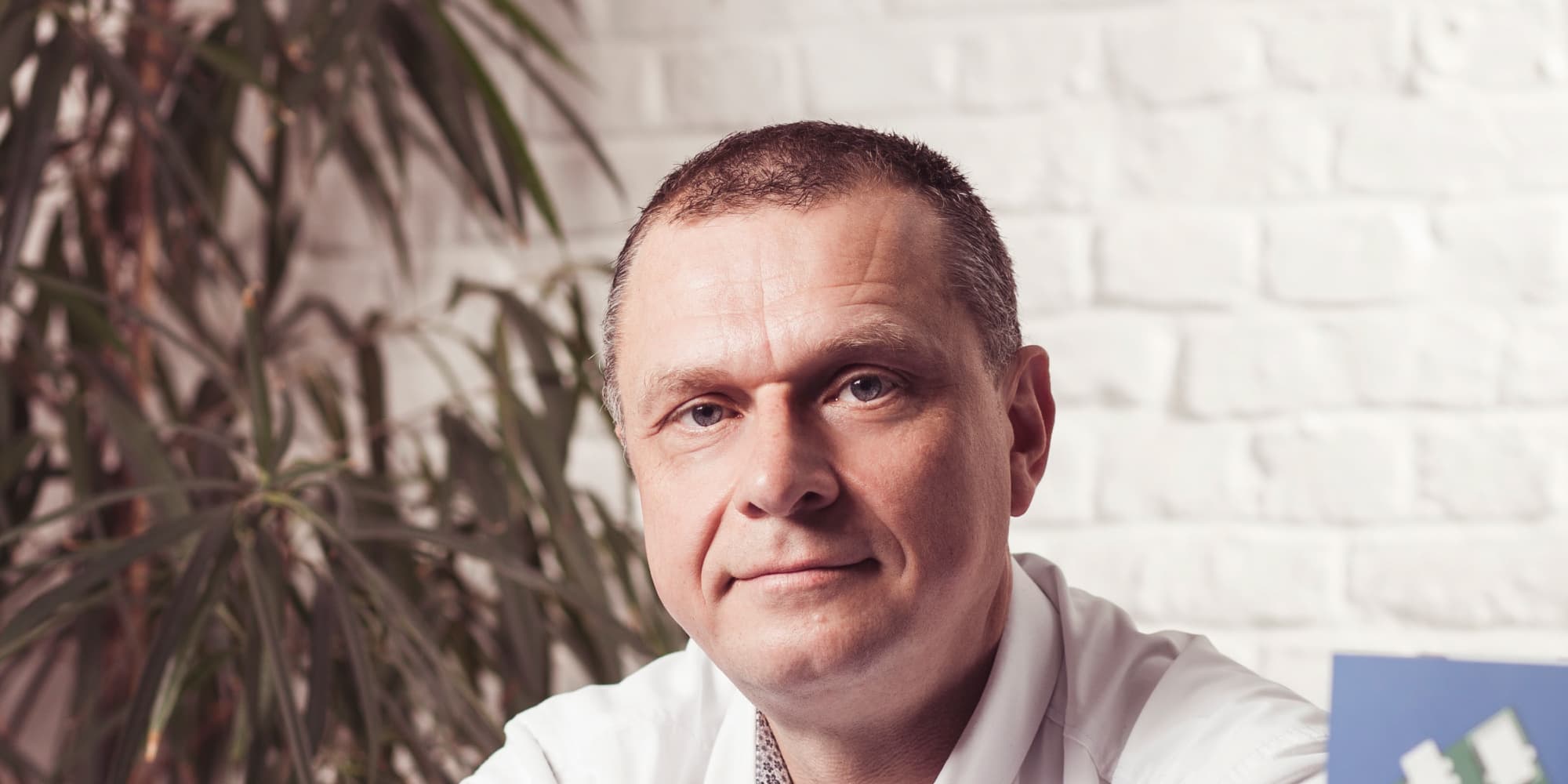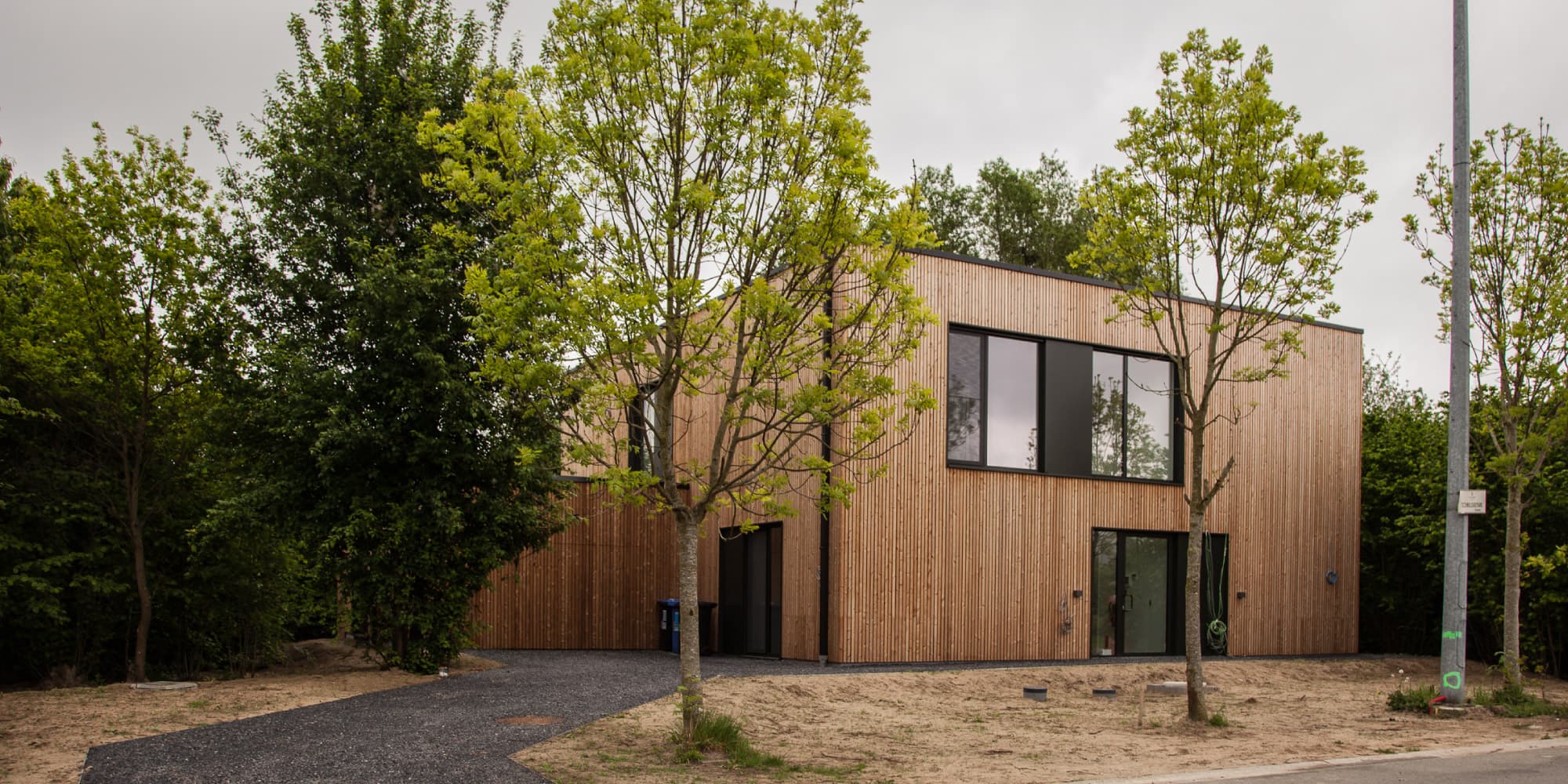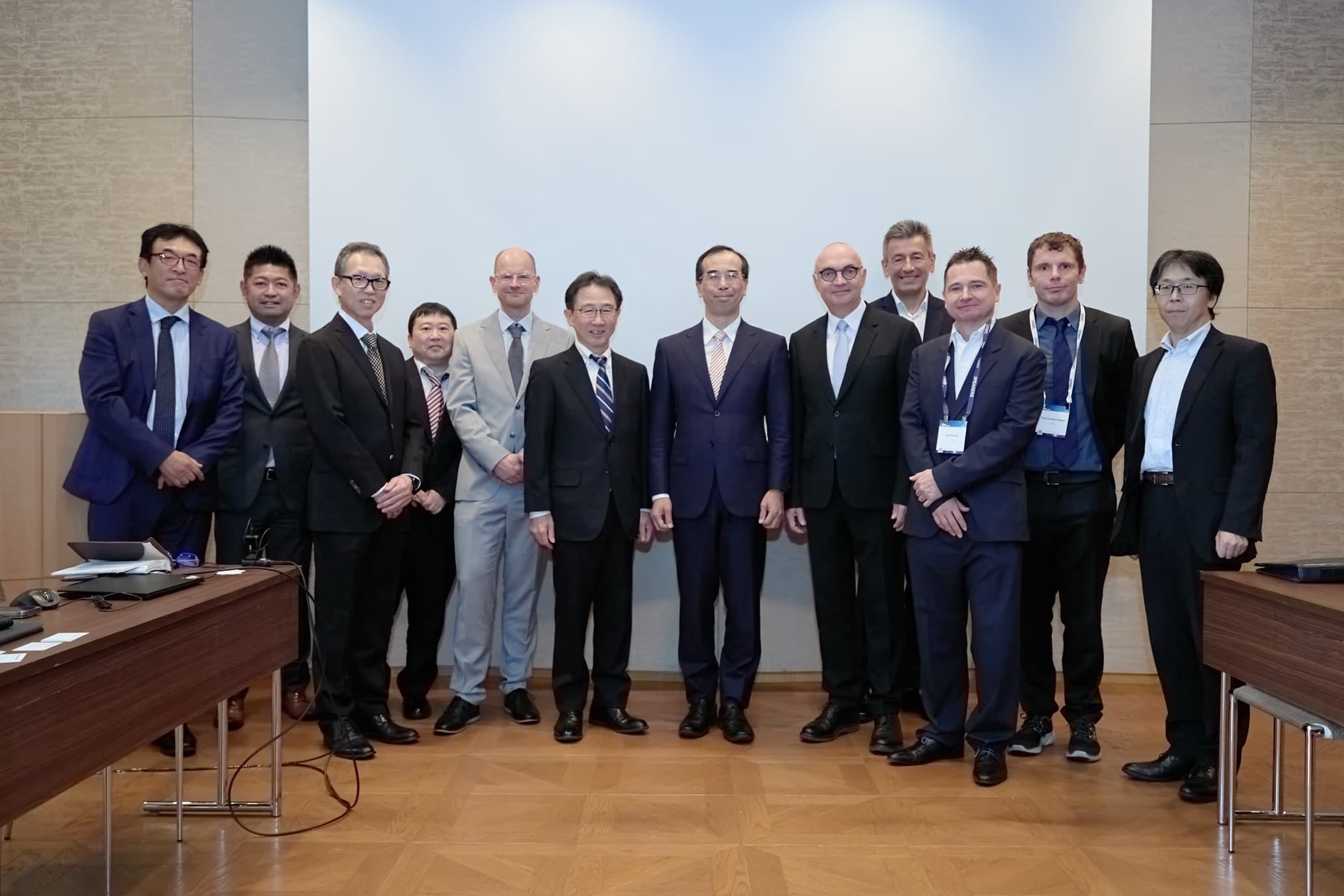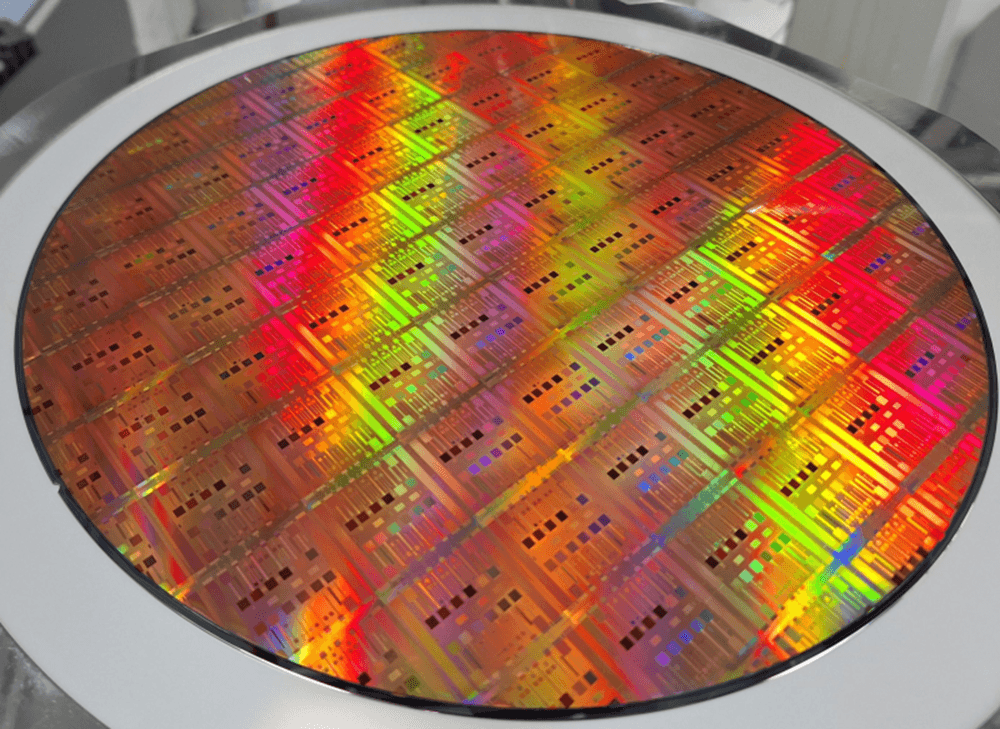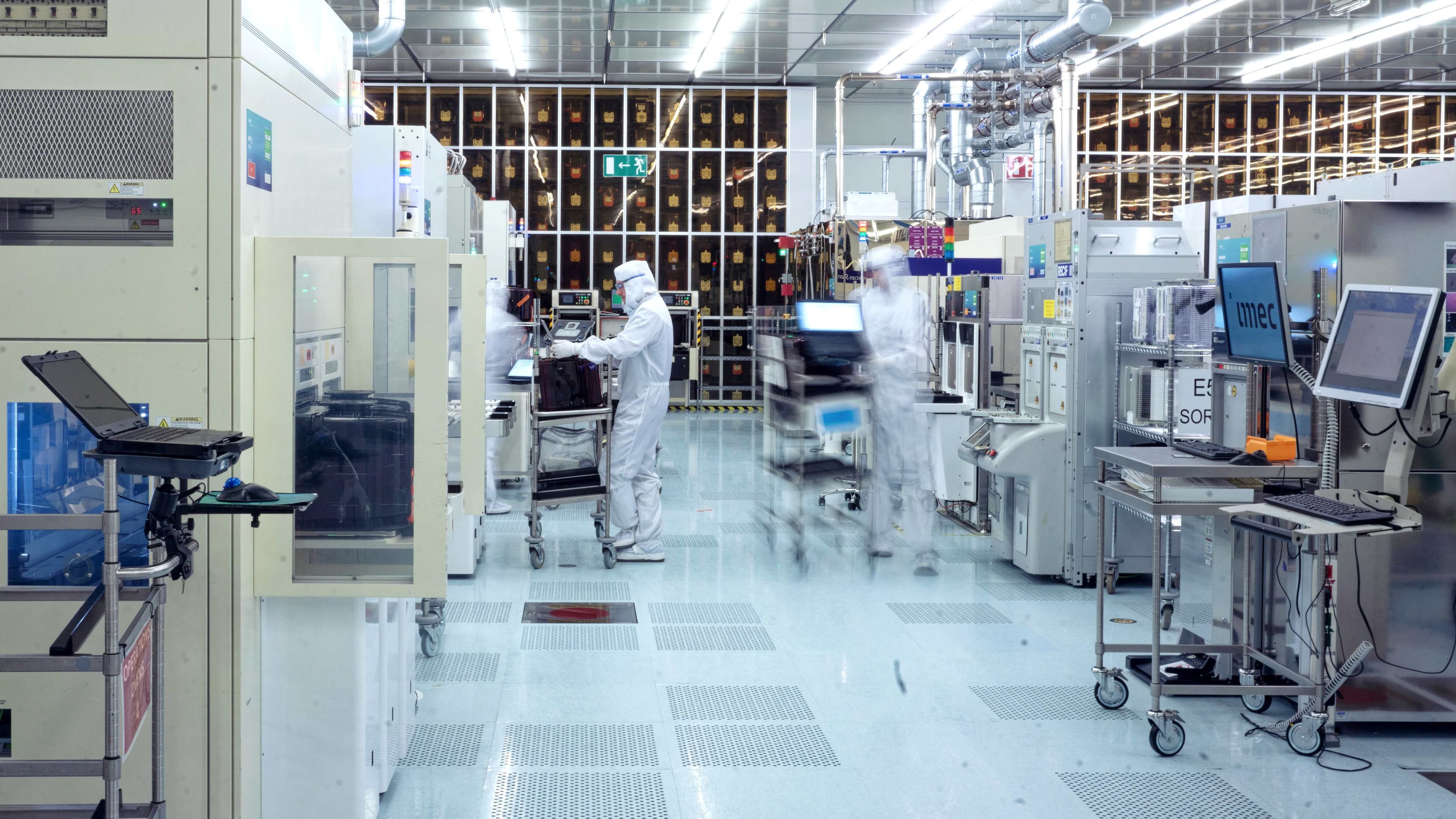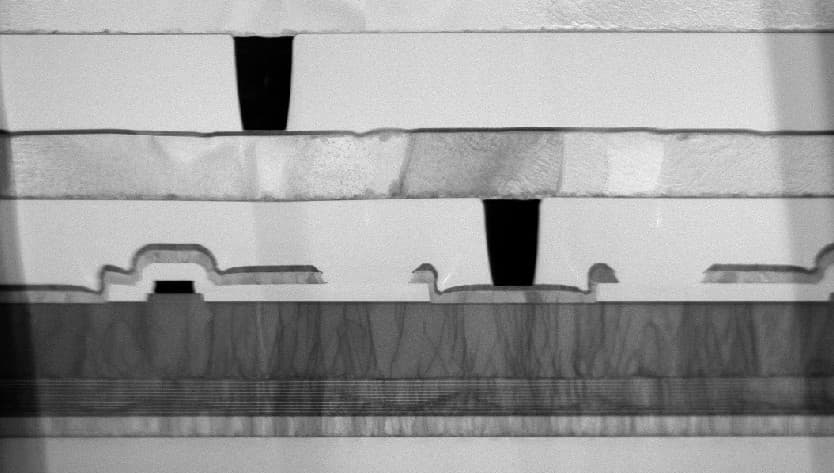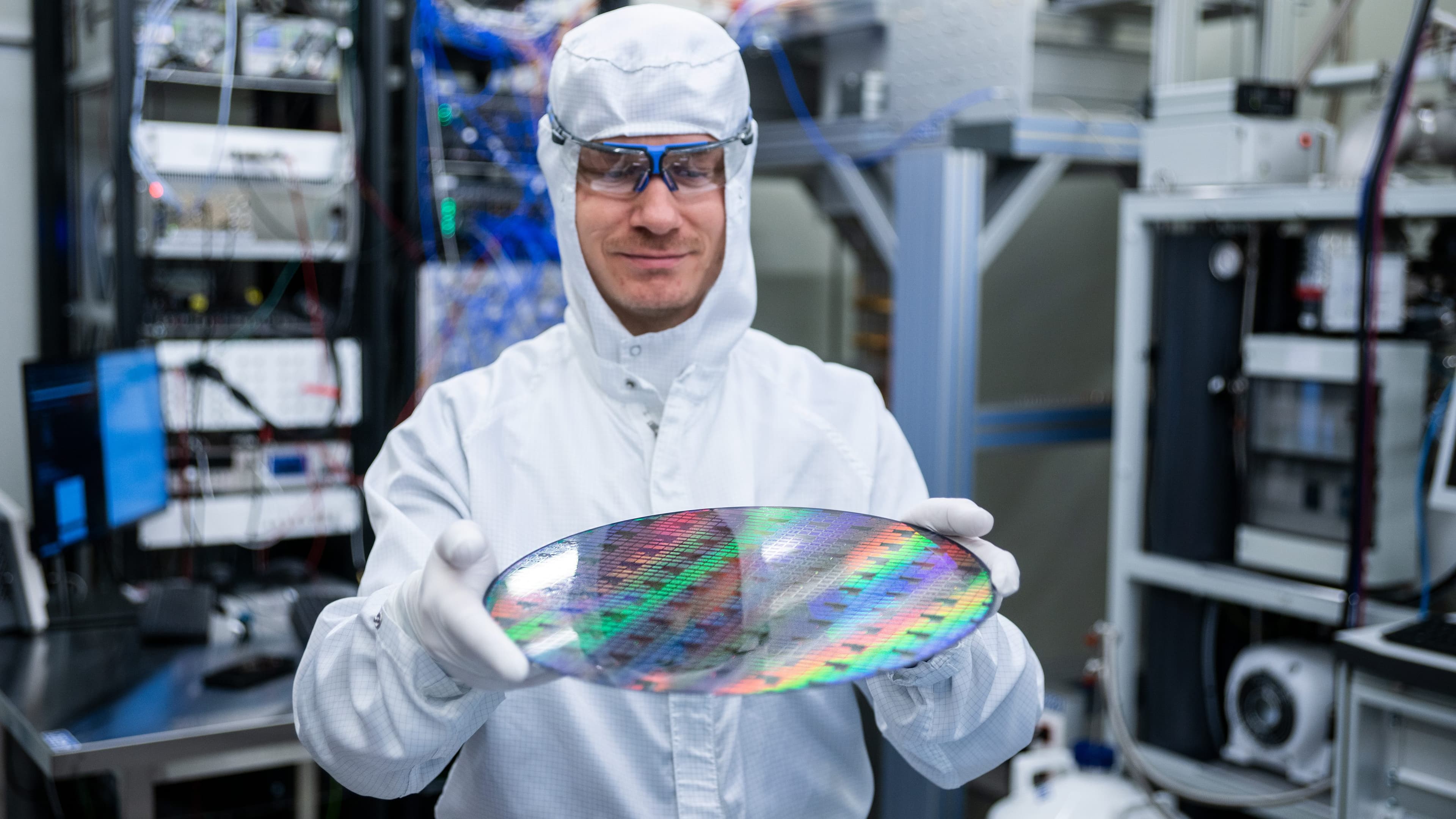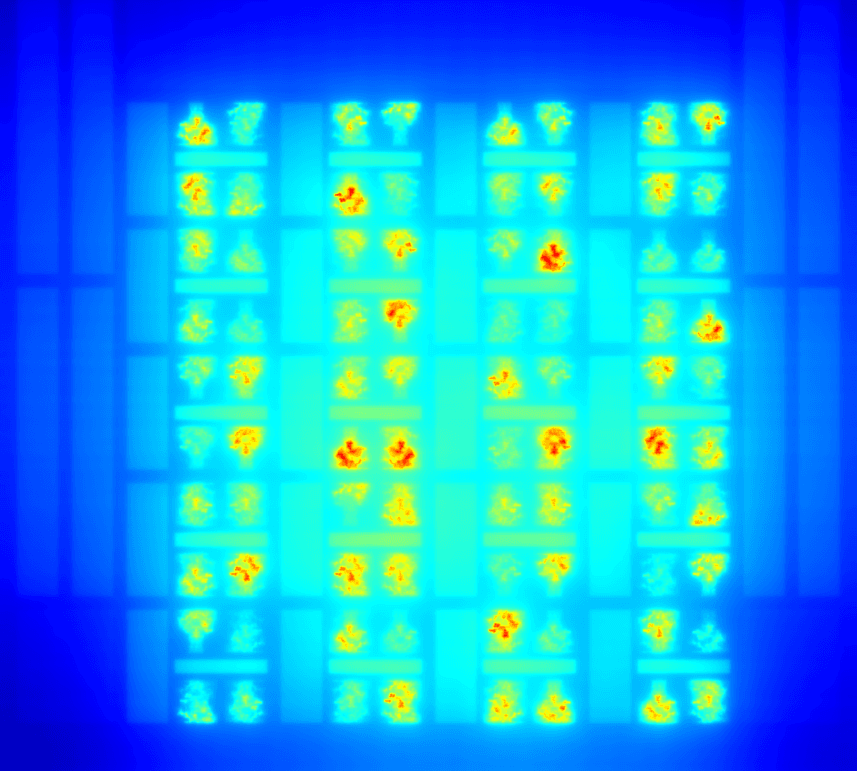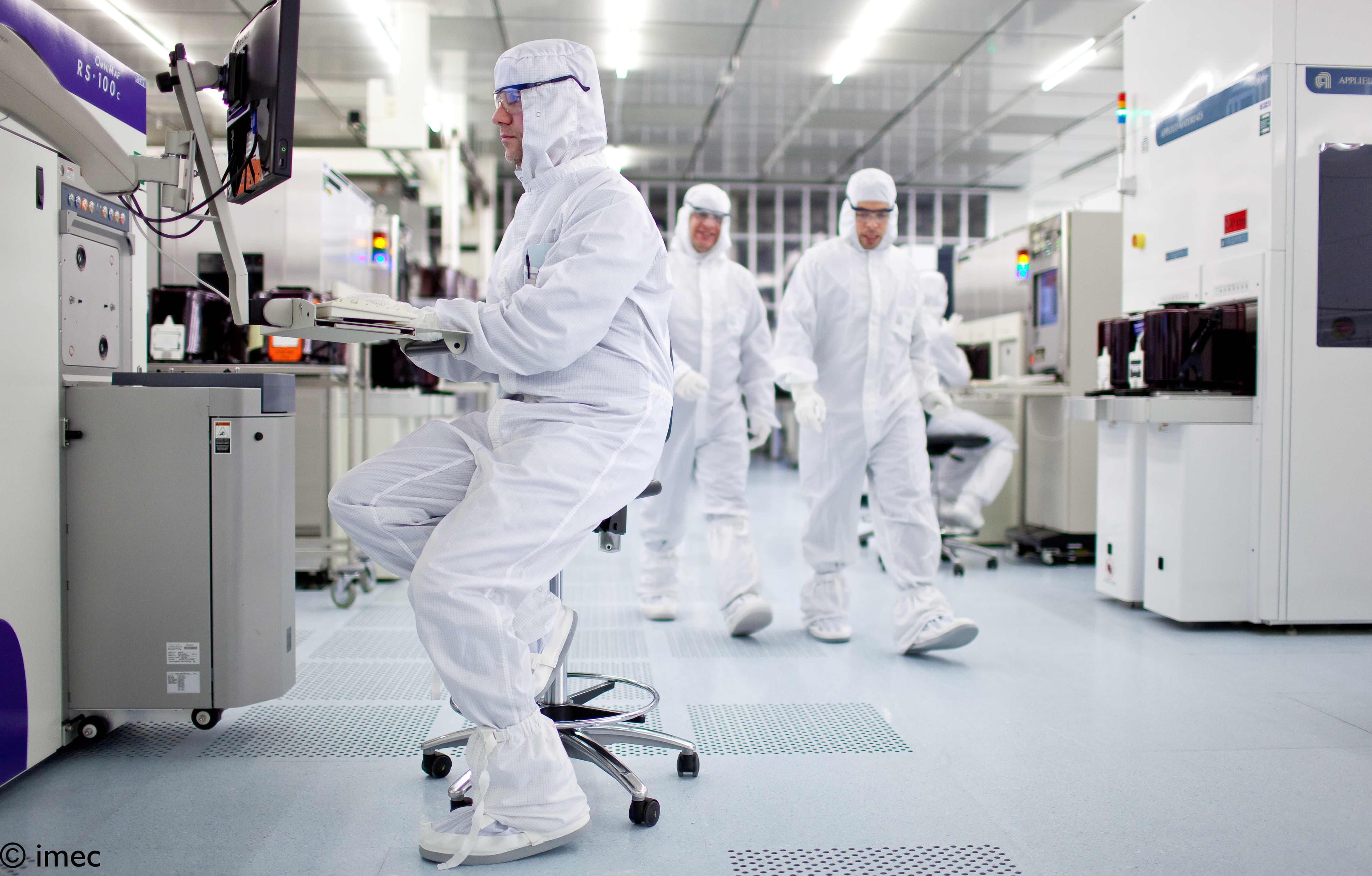October 2015 - The Internet of Things is a big concept. But what will it mean for users to have all their devices — their phones, cars, refrigerators and household smart meters — communicating and sharing information? That question led Peter Leemans, founder and manager of the Flemish startup AllThingsTalk, to get involved with iMinds’ Living Labs. His goal: to better understand the value the Internet of Things will offer users.
We spoke to Peter Leemans to find out what AllThingsTalk has learned so far.
Q: What sparked your interest in the Internet of Things?
Peter Leemans: My first startup back in 2004 delivered cloud services to information and communications technology (ICT) partners in the Benelux. At the time there was a gap, a lack of shared space for developers to build applications. In 2013, I started exploring the Internet of Things, and I noticed the same gap existed in that arena. Developers had nowhere to build apps and interact with other smart devices. So we set out to build a platform that would let solution developers easily connect everything — from smart devices to micro-controllers — in a cloud space, with simplified automation and visualization. That was the genesis of AllThingsTalk.
Q: Is there a particular sector or application area you’re focused on?
Peter Leemans: This is part of what makes the Internet of Things such an interesting area to work in. It’s so broad. Literally every company, every sector, is a potential client. Cloud computing was a big market. But the Internet of Things? That’s fifty times bigger. Part of that question, though, of where to focus, is what led us to work with iMinds’ Living Labs.
Q: What’s the appeal of the Living Lab model?
Peter Leemans: The appeal is simple. With a Living Lab, you’re involving your users and other stakeholders as early as possible. It makes it easy to get immediate feedback on new ideas and gather data on how users are interacting with your product or service, sometimes even in real time. That’s invaluable. You can adapt and evolve on the fly without wasting time.
Q: What’s been the nature of your Living Lab work?
Peter Leemans: We’ve been studying how people will actually use smart devices. In the Internet of Things, the digital and physical worlds converge. That changes behavior. I look at my children, how they behave socially, with smartphones, social media, the Internet, and of course it’s completely different from how I behaved as a child. Not better or worse, but different. We need to understand that difference before we go about innovation, because we need to tailor our products, devices and systems to that behavior. Even though AllThingsTalk is a businessto- business company, we still need to understand the individual consumer, how people are actually going to use the Internet of Things. That way we will know where the opportunities are.
Q: Is it an intensive process?
Peter Leemans: Yes. It goes far beyond simple market research — there are concepts and use cases to be developed, stakeholder interviews and co-creation sessions, usability tests and field trials. From exploration through testing and validation it is a comprehensive, and comprehensively iterative, process. Yet it moves quickly because it’s so practical.
Q: How did you first come into contact with iMinds?
Peter Leemans: Back in 2013 I was looking for a way to validate how the Internet of Things would be used. I met people from iMinds at an event, and we got to talking. We saw there was an opportunity to conduct a feasibility study together, so we started doing consumer research that September. Through online and offline co-creation sessions involving about 2,000 people, we came up with 147 ideas for ways to use the Internet of Things — a wide variety of applications from time-savers to energy conservers, things like that. The project ran until April 2014, and we’re currently doing the first validation of viable products. As part of that process, iMinds organized a ‘hackathon’. You get a group of people together to come up with the idea for an application and devise a working prototype in a single day. It’s accelerated innovation and very fun.
Q: What have you learned through the Living Lab process?
Peter Leemans: We identified our first target market: makers and developers. At first, we were planning to build a one-of-a-kind solution for all consumers. Now we know that would have failed. iMinds’ Living Lab research showed us that the Internet of Things is still in its very early stages for consumers. Half of them may know what it is, but they may have no idea how to use it, or benefit from it. But the makers and developers, they’re already thinking about how to innovate with the Internet of Things. They have the vision. So they’re already at the place they need to be to make use of our product. We also learned that building a community around the product is essential. Thanks to Living Lab research, your community becomes your partner — involved in development, contributing to solutions tailored to their needs. What you end up with is a community of champions and early adopters.
Q: What are you exploring today through the Living Labs?
Peter Leemans: We’re in the second phase of our SmartLiving project involving a larger community and finished products. We’re also doing research and development for elderly care. This is partially funded by the government, which wants to reduce the number of people in retirement homes because it’s expensive for both families and the healthcare system. We’re looking at Internet of Things devices that can monitor elderly people living alone, keeping their families notified of how they’re doing. Most solutions of this kind issue alerts if someone falls, for example: we’re developing Internet of Things applications that can learn people’s’ behavior and notice when it changes, kind of an early warning system idea. So family members and caregivers would get alerted ideally before there’s an accident or injury. Privacy is important, of course, so if you’re keeping watch on your grandmother, for example, you might get a green light in the morning that she got through the night OK, but you wouldn’t see data on her blood pressure or anything like that.
Q: Are there sectors outside of health that you’re looking at?
Peter Leemans: Yes. There is a big role for the Internet of Things in industry and process optimization. We’re looking at machine monitoring in factories. During our iMinds journey, we met a number of industrial service providers that do maintenance on automated machines. Currently, the whole system is relatively inefficient — you wait for something to break, and then productivity is lost while you fix it. What we’re looking at doing is creating monitoring systems that baseline metrics like temperature thresholds and then predict when things will break, so maintenance can be proactive and better scheduled. This can create huge cost savings. We’re looking at facility management as well, so-called HVAC companies that focus on heating, ventilating and air conditioning. Those products also need to be serviced regularly, not only for efficiency but also for safety.
Q: Are you building a platform, or tools as well?
Peter Leemans: We set out to build just the platform but we realized we needed to demonstrate how it could be used. There are countless sectors that can build an Internet of Things application on our platform. So we wanted to show use cases through sample end-toend solutions. We know, of course, that we can’t be the best at building those apps, so our goal is to provide kits and APIs (application programming interfaces) for developers to really innovate in those areas. We can help them along as they become more Internet of Things-literate, and create an Internet of Things ecosystem to build a better connected world.
Published on:
1 October 2015

